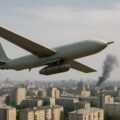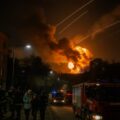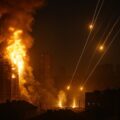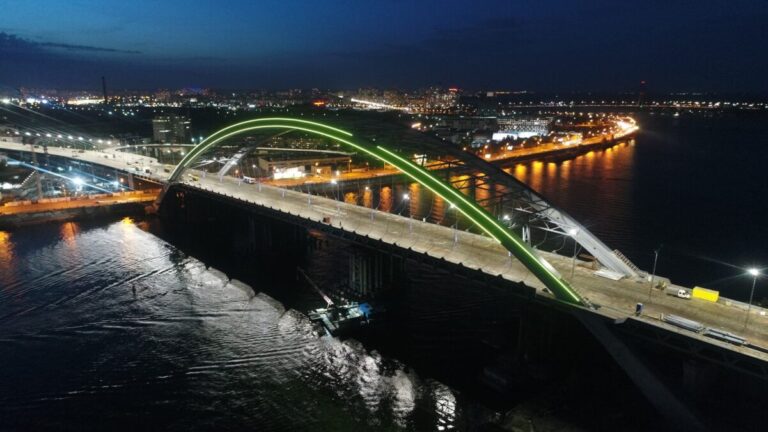
Kyiv Under Siege: 368 Air Threats, 354 Neutralized. What Comes Next? |
Kyiv is awake. Not because it’s summer or tourist season — but because, on the night of June 23, Russia launched a record-breaking aerial attack against Ukraine using 368 air strike assets. That number isn’t just a statistic. It marks a strategic shift in how the war is being waged: from psychological pressure to systemic erosion of Ukraine’s defenses. And it deserves clear, honest reflection.
What happened: a breakdown of the facts
According to the Ukrainian Air Force, Russia launched:
- 352 Shahed-type and other drones
- 11 Iskander-M / KN-23 ballistic missiles
- 5 Iskander-K cruise missiles
The main target was Kyiv and the surrounding region. Ukraine’s defense relied on aviation, air defense systems, electronic warfare, mobile fire units, and drone operators.
Outcome: 354 targets neutralized — the most successful defensive effort since the start of Russia’s full-scale invasion.
But let’s be clear:
▪ Some drones were “location-lost” — not shot down, but their signals vanished.
▪ At least 30 confirmed strikes or debris impacts in and around Kyiv.
▪ Nine confirmed deaths, over 20 injuries — despite the successful interception rate.
Even a nearly perfect defense doesn’t mean zero casualties.
Why is Russia escalating?
It’s no longer about hitting military targets.
These attacks are meant to overload Ukraine’s air defense, test its blind spots, break its backlines, and cause psychological exhaustion.
When every night becomes a lottery — the toll is deeper than just fear.
People don’t just lose sleep. They lose their sense of stability. Their right to normality.
That’s the real aim: to make resistance feel like burnout.
What didn’t work that night?
- Windows: Most shrapnel injuries came from shattered glass.
- Mid-tragedy movement: Injuries often occurred as people tried to run to another shelter.
- Lack of public risk zoning: During such massive attacks, regional alerts about risk zones could save lives.
So what now?
Ukraine held its ground. But the cost was human life.
And that shifts the narrative: mass attacks are no longer “rare events” — they are the new baseline.
It means that every country offering support must match this escalation with equal urgency.
Strategic response from allies: Norway and New Zealand
Hours after the attack — news from Norway.
The Ministry of Defense announced the start of domestic production of maritime drones on Ukrainian soil in partnership with Kongsberg Defence & Aerospace. This isn’t just about technology — it’s about trust, transfer of expertise, and long-term cooperation.
At the same time, New Zealand pledged $9.4 million in aid — including contributions to NATO’s security fund for Ukraine and the UK-Latvia-led drone coalition.
A small country. A big signal.
This isn’t a “local war.” It’s a test of the global order.
Revelant
What we should all understand
- Never ignore the air raid alert. Ever.
Even the best defense systems don’t guarantee complete protection. - Have a night plan.
Know where your safe zone is. Prepare your route. Keep calm. - Russia’s pressure is strategic.
If we respond with exhaustion — they win part of the war.
If we respond with calm, coordinated resilience — they lose their momentum.
Final thoughts
This won’t be the last attack.
But it proved:
▪ Our defenses are getting stronger.
▪ But even 354 intercepted targets aren’t enough to prevent all loss.
▪ Ukraine needs not just support — but scale, speed, and systems.
While Russia tests our airspace, we must test their strategy.
And show that even under a sky of fire, we adapt, defend, and persist — not with noise, but with structure, clarity, and faith in people.















